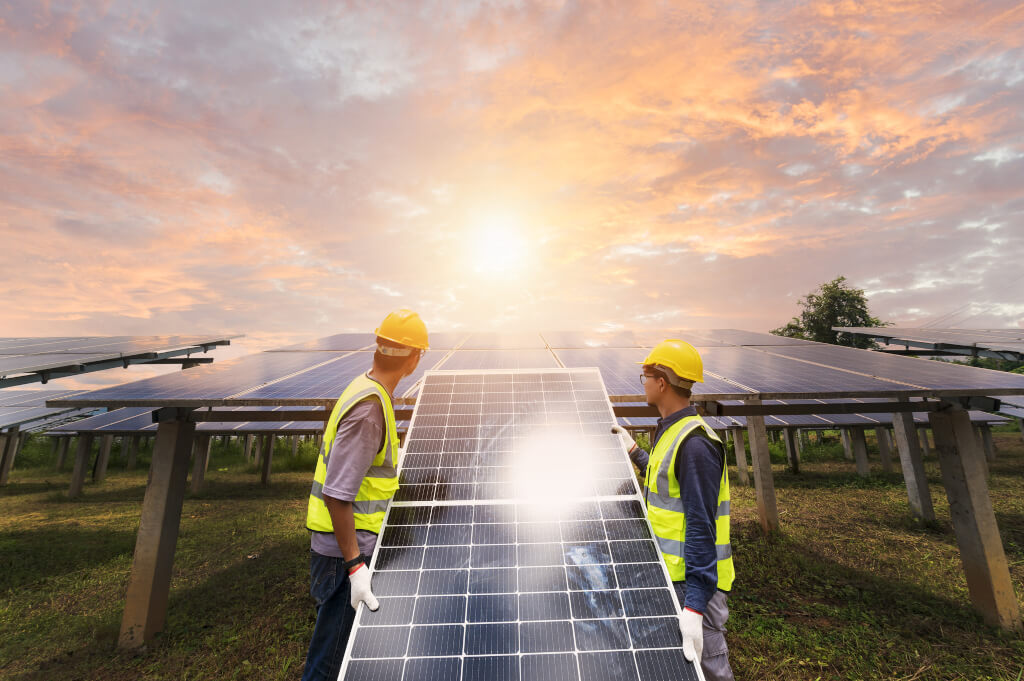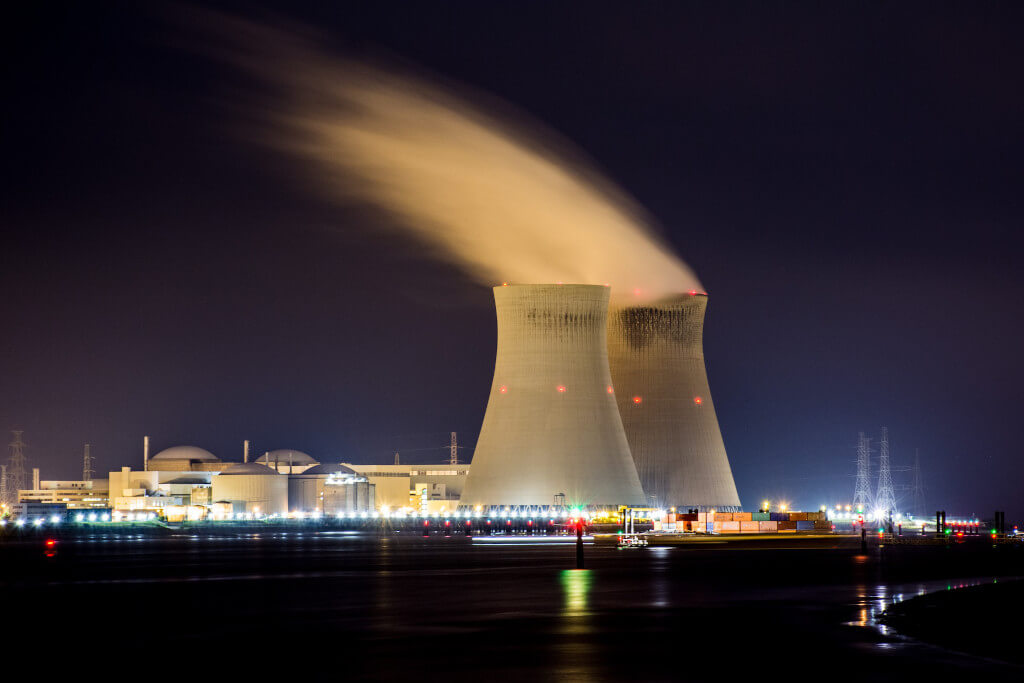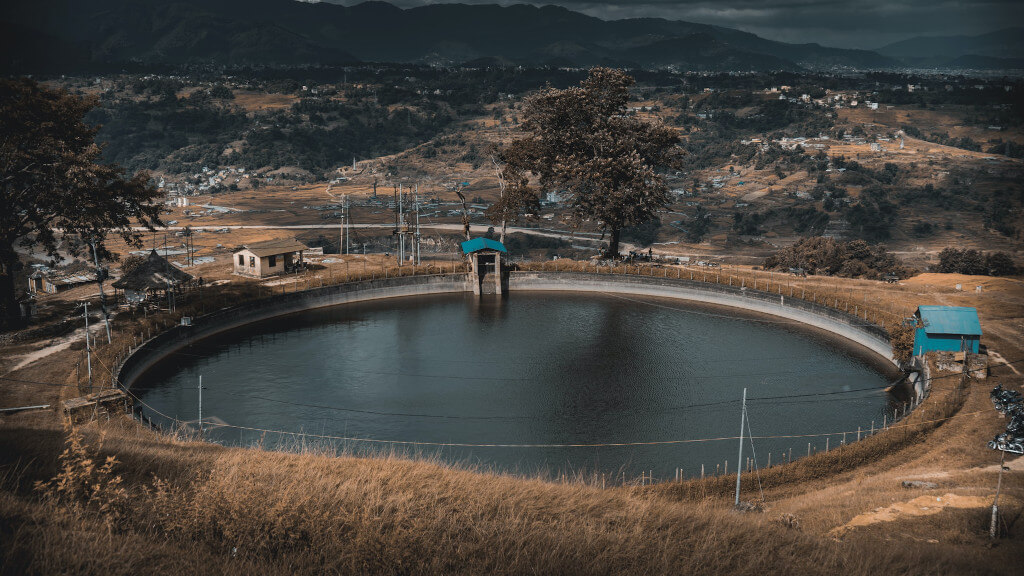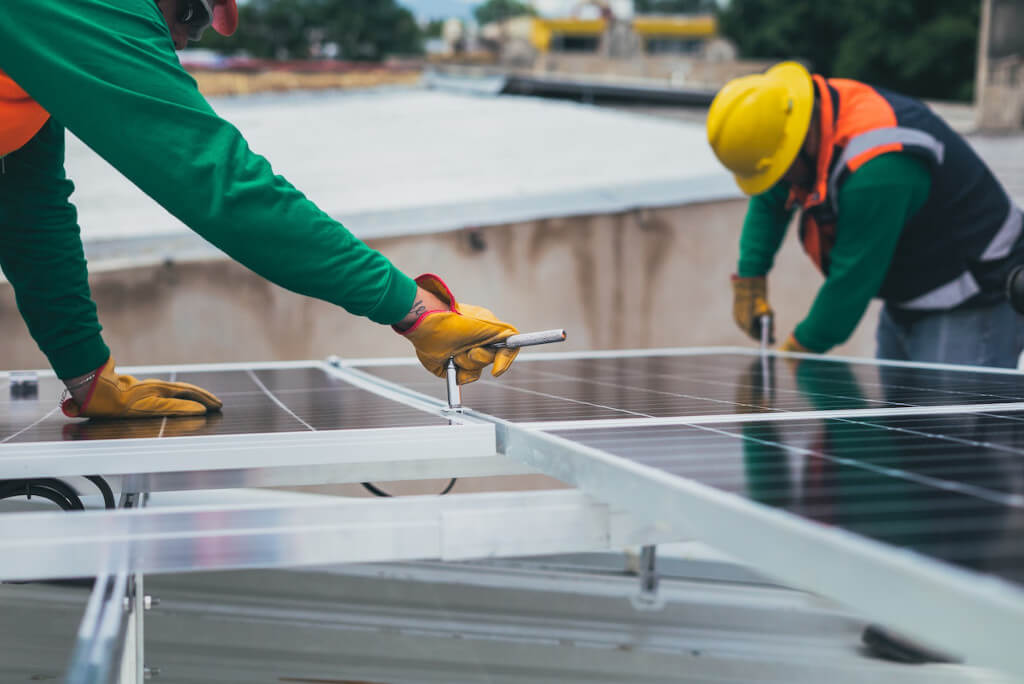Benefiting from the Untapped Potential of Rooftop Areas
The South African commercial real estate sector has the potential to end load shedding during daylight hours across the country. Gmaven, a provider of commercial real estate software and data services, did a study that found this sector can solve the problem of load shedding and increase its earnings.
The study, which relied on satellite imagery and internal data, found that across South Africa’s five largest metros (Johannesburg, Pretoria, Cape Town, Port Elizabeth, and Durban), there are about 68.7 million square metres of rooftop space that does not have any solar installations. There are several different types of commercial and industrial buildings here.
The consequence is a huge opportunity that has been underutilised thus far: installing solar panels on just two-thirds of commercial properties in tier-1 nodes in these five major cities could raise the country’s power generation capacity by 4.7 gigawatts (GW). This extra capacity means that load shedding can be eliminated in around five stages. This estimate forecasts that 60% of the available area on the rooftop will be used, and it accounts for 19% of energy waste during the process of turning solar energy into alternating current.
Solar Investments Offer a High-Profit Path. To “Solar Investment”
It is estimated that a project of this scale will cost the commercial real estate market between R45 billion and R55 billion. Annual electricity cost savings of R12.3 billion are expected, and this number is expected to increase annually in light of Eskom’s increasing prices, suggesting that the initial expenditure may be soon recouped.
Despite the impact of batteries and load shedding, Will Harris, CEO of Gmaven, estimates that these numbers point to a positive investment return of around 25% in the commercial real estate industry. According to Harris, this is a “no-brainer investment” that the company desperately needs.
Resilient REIT plans to have 68 MW of installed solar power by the end of 2023, while Growthpoint Properties plans to construct 46 MW by the end of 2026, so clearly this trend is gaining steam among landlords. It is anticipated that both objectives will be met.
Despite these advances, only 6.4% of the 41,000 retail, office, and industrial locations in South Africa’s 93 tier-1 commercial nodes have solar panels placed on their roofs, according to the survey. 15.6% of all rental properties use solar energy, with the percentage increasing with the size of the property.
The Role of Cities in Realising Their Full Potential
For cities to make the most of this untapped potential, they must enact positive feed-in tariffs. Without these sorts of incentives, large rooftop solar installations in areas with low electricity demand, like warehouses, could be made ineffective.
Employment opportunities and skill development for a wide range of people would be considerably enhanced during the installation and maintenance phases if such a strategy were implemented. Cities that offer reasonable feed-in tariffs would benefit economically as well.
Specifically, Harris argues that “by making feed-in tariffs commercial property-friendly, property owners can be enticed to produce power for others, and become part of the energy solution in South Africa.” Property owners in South Africa can participate in the country’s energy solution in this way. Gmaven found that even while rooftop solar has grown by 46% annually on average over the previous five years, there is still 13 times more room for it to develop. Therefore, solar energy seems to have a bright future in South Africa.
The Future of Load Shedding and South African Businesses
While the prospects of mitigating load shedding and achieving substantial returns through solar power investments are promising, a few cautionary notes are worth mentioning. For starters, despite the potential of commercial rooftop solar installations, the high initial costs may deter some businesses. The financial viability of such a project hinges heavily on a sustained and escalating trend in energy cost savings over time, as well as on consistent policy support from municipalities. The successful implementation of this approach also depends on navigating the logistical challenges of widespread solar panel installations. From procurement and installation to maintenance, these processes require significant resources and expertise.
In terms of the broader electricity supply framework, solar energy alone can’t be the panacea to South Africa’s energy problems. It’s important to remember that while solar energy can indeed mitigate daytime load shedding, it can’t cover energy demand during the night without efficient energy storage solutions, such as batteries, which are still quite costly.
The key to a comprehensive solution to load shedding in South Africa lies in a balanced and diversified energy mix that combines solar power with other renewable and non-renewable sources of energy. This strategy would ensure energy security while mitigating the environmental impact.
While the integration of solar power in South Africa’s commercial sector presents exciting opportunities, it is not without its challenges. Success will require collaborative efforts from businesses, government bodies, and other stakeholders to overcome these hurdles. The journey towards a brighter, more sustainable future for South Africa’s energy sector has begun, and while the road ahead may be arduous, the destination promises to be worth the endeavour.
About The Author:
Tumi Nkosi is a seasoned reporter with a focus on renewable energy and green technologies. With a degree in Environmental Science and years of reporting under her belt, Tumi provides Africa Nova’s readers with in-depth insights into the latest sustainable innovations across the continent.




